Nigeria is blessed with outstanding cultural, natural and significant
heritage sites, which are listed among the UNESCO Heritage Sites. These
sites exist nowhere else in the world and have become a great interest
to visitors and Nigerians. We combed through the list of the World
Heritage Sites and discovered that two cultural sites in Nigeria were
approved to be on the list while others are on the tentative list, which
may be considered for nomination.
However, we present to you the list of Nigerian heritage sites,
which are on both the tentative and World UNESCO Heritage sites’
lists. These sites have natural and extreme beauty with historical
significance that will inspire every one; therefore, we recommend you
visit them straight-away.
1. Sukur Cultural Landscape, Adamawa State
This is one of the magnificent destinations that is better visited
than seen on travel magazines or imagined, populated by a rich avifauna,
rare species and located on top of the highest plains on the Mandara
Mountains in a place called Madageli, Adamawa state. This is Nigeria’s
first landmark to be inscribed on UNESCO World Heritage Site in 1999.
The landscape features a palace, ritual featured terraced fields
decorated with dry stones and granites, which make the village setting
so natural and exceptional.
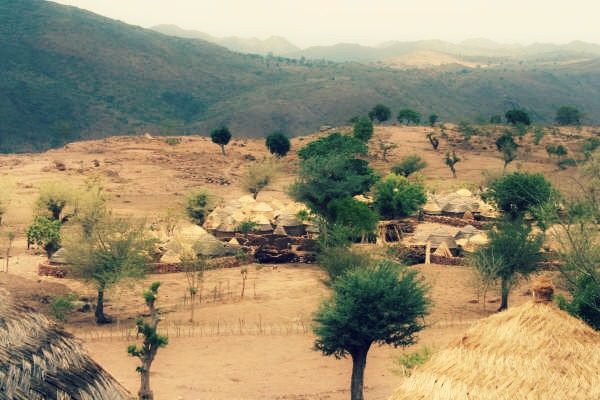
2. Osun-Osogbo Scared Grove, Osun State
This sacred forest is situated along the banks of the Oshun River, on
the outskirts of the capital city of Osogbo, which is regarded as the
home of the goddess of fertility – Osun. There are shrines, art works,
sculptures and sanctuaries that dot the river in honour of the goddess
and other local deities. It is considered as the last of the Yoruba’s
sacred forests that is still standing. In 2005, it was listed by UNESCO
as a World Heritage Site. Its yearly festival brings thousands of
spectators, tourists and Osun worshippers from around the world.
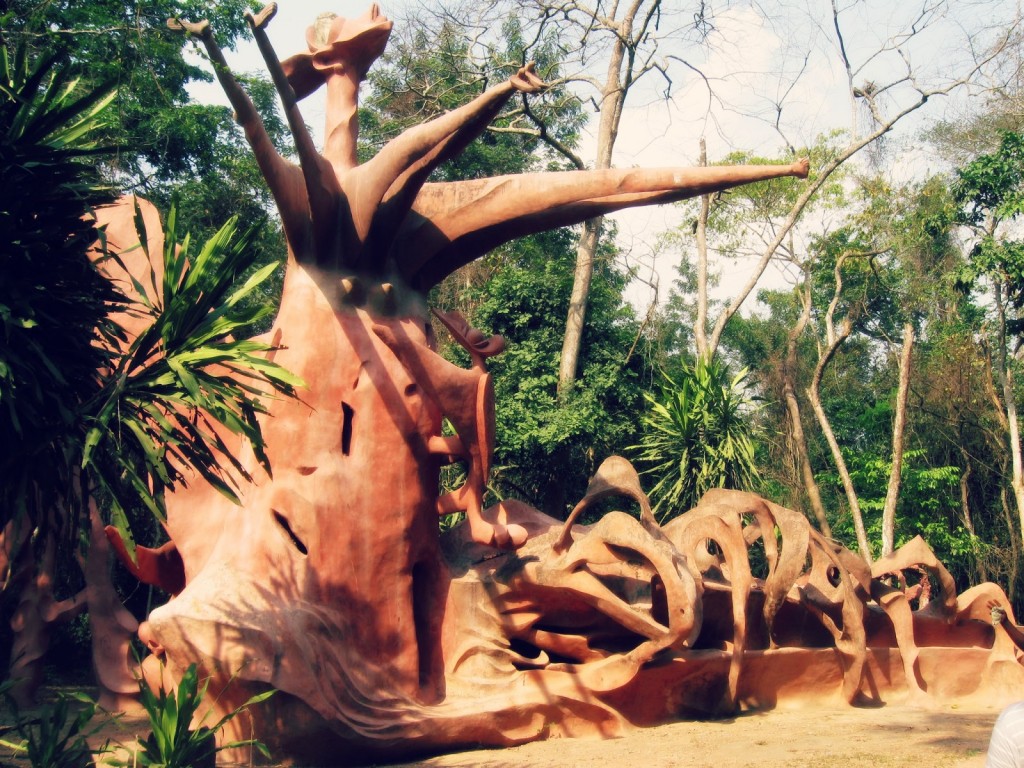
3. Oban Hills, Cross River State
Oban Hills is a range of hills located within Cross Rive National
Park and it shares a border with the Korup National Park of Cameroon,
established in 1988 as a part of the Cross River National park and is a
natural habitat for wildlife and plants of unknown species. This is one
of few sites where the Xavier’s Green Bull can be found and unusual
species such as the Cassin’s Hawk eagle, Bat Hawk, Crested Guinea fowl,
Lyre-tailed Honey guide and it houses over 400 Chimpanzees.
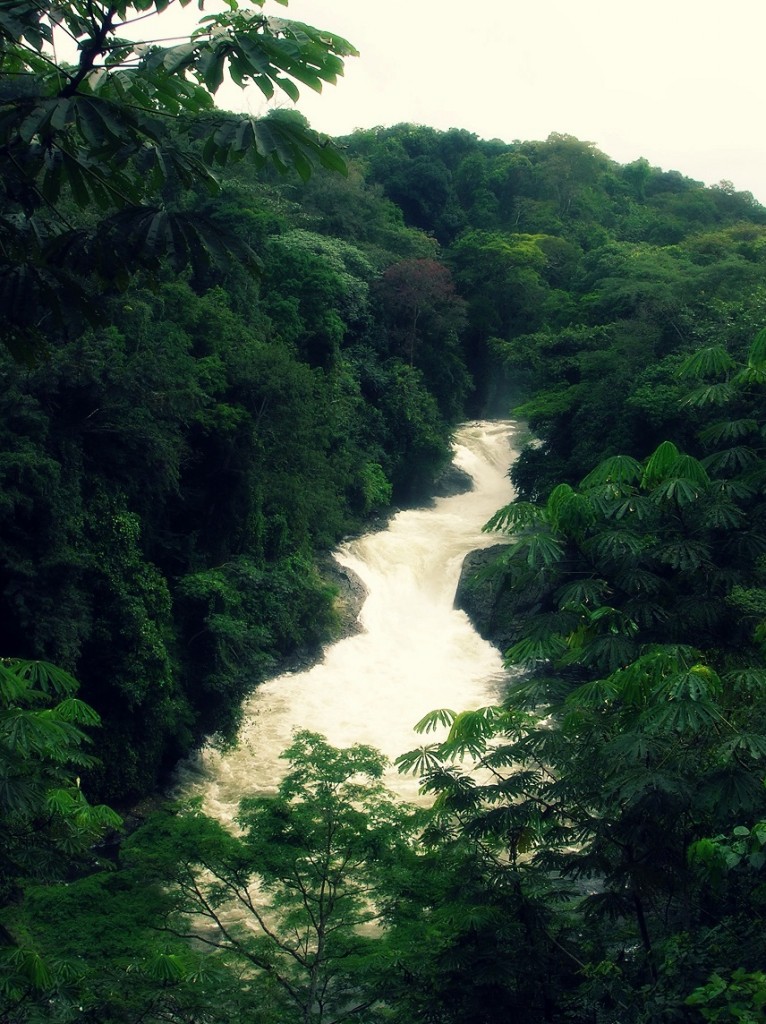
4. Oke-Idanre Hill,Ondo State
Idanre Hills consists of spectacular valleys with a high plain and
the valleys are interspersed with magnificent inselberlgs that is about
3,000 feet above the sea level. It was listed in 2007 on the tentative
list of UNESCO World Heritage sites. There are attributes such as the
old court, Owa’s Palace, Agbooogun foot print, shrines, burial grounds
and mounds and the Omi Aopara which is the thunder water. It is a
tourist attraction center that brings thousands of visitors all through
the year.
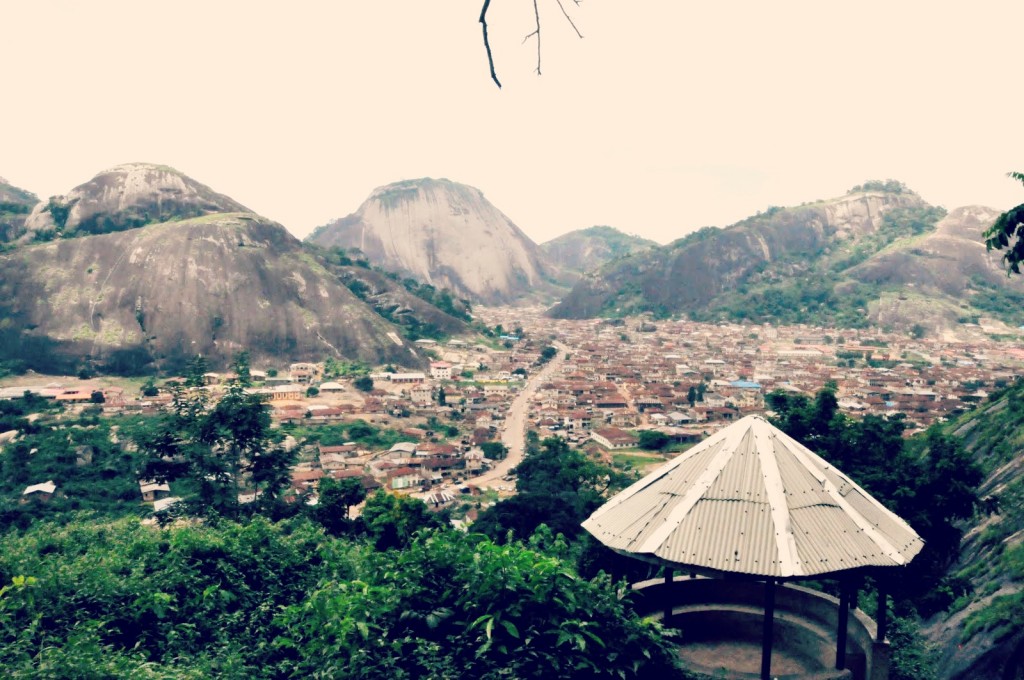
5. Ogbunike Caves, Anambra State
This is one of the wonders of the Eastern Nigeria and discovered by a
hunter called Ukwa. It is associated with spiritual and historical
significance and listed in 2007 on the tentative list of the UNESCO
World Heritage Sites. The caves can be descended in a 317 steps, yearly;
Ime Ogbe festival is celebrated in the commemoration of the discovery
of these caves.
6. Alok Ikom Monoliths, Cross River State
Alok Ikom Monoliths has over 300 carved stones that are upright with
heights that varies and grouped in circles, each facing one another. The
texts and images inscribed on the monoliths still cannot be decoded,
but it’s believed to be writings from the prehistoric civilization. The
site is known as Akwasnski/ Atal among the people of Ejagham. The
feature that is common with these monoliths is they were designed in the
form of a Phallus. In 2008, it was added to the tentative list of the
UNESCO World Heritage Site.
7. Ancient Kano City Walls, Kano State
It was once regarded as West African’s most impressive monument, a
14km radius earth monument that is associated with the state’s
historical, cultural and spiritual significance. In 2007, it’s listed on
the tentative list of UNESCO World Heritage Sites’ tentative list. It
features the Emir’s Palace, Kurmi Market and the famous Dala Hills,
believed to be the first settlement in ancient city of Kano. The wall is
an intriguing fact of Nigerian architects who had designed this wall to
define defence, political space, management and security system.
8. Gashaka-Gumpti National Park, Taraba State
This park is the country’s most diverse and largest National Park
that is situated with the Mountain of Death, Chappal Wadi and Mountain
of Wind, Chappal Hendu. There are lots of traditional lore that have
served to protest West African’s huge number of primates and houses
giant forest hogs, chimpanzees, leopard, lion, hippopotamus,
yellow-backed duiker ,hartebeest and buffalo and birds.
9. Arochukwu Long Juju Slave Rute, Abia State
This is the home of the shrine of Ibin Ukpabi with a domineering cult
statute of Kamalu-‘The Ancient Warrior god’ still standing. It contains
an alter, a water fall and there is a six foot gully that leads people
to this cave temple. There are lots of myths about this area which was
listed in 2007 on the tentative list of UNESCO World Heritage Sites.
There is a famous feature the Iyi-Eke which was an outlet for slaves to
be transported to Calabar.
10. Surame Cultural Landscape, Sokoto State
Surame is an ancient city in Sokoto State, created in the 16th
Century by Muhammadu Kanta Sarkin Kebbi and abandoned in the `1700. It
is regarded as one of the world’s wonders of the human civilization,
ingenuity and creativity. Its wall is made of massive stones and has a
Palace of the Hidi; the chief of the village. It was declared an ancient
Nigeria’s National Monument in 1964 and added in the Cultural and
Natural category of the UNESCO World Heritage Tentative List in 2007.




 Welcome to Justin Kingland's Blog News
Welcome to Justin Kingland's Blog News

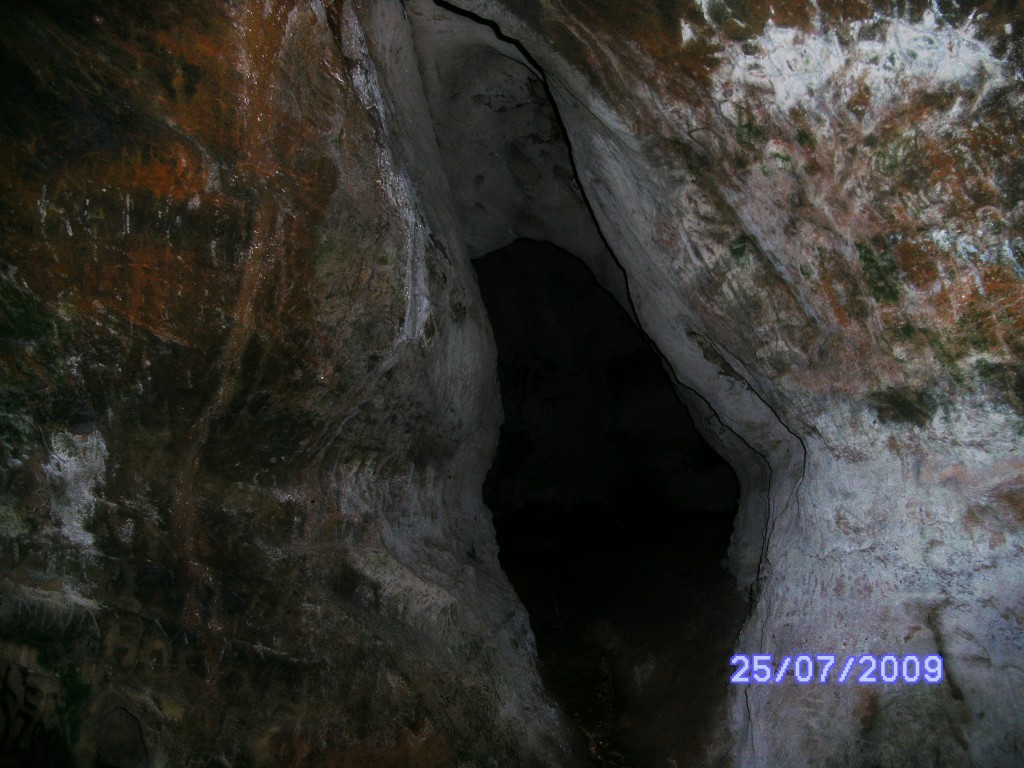
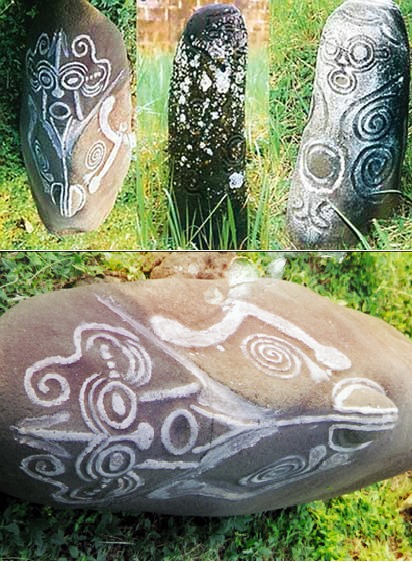
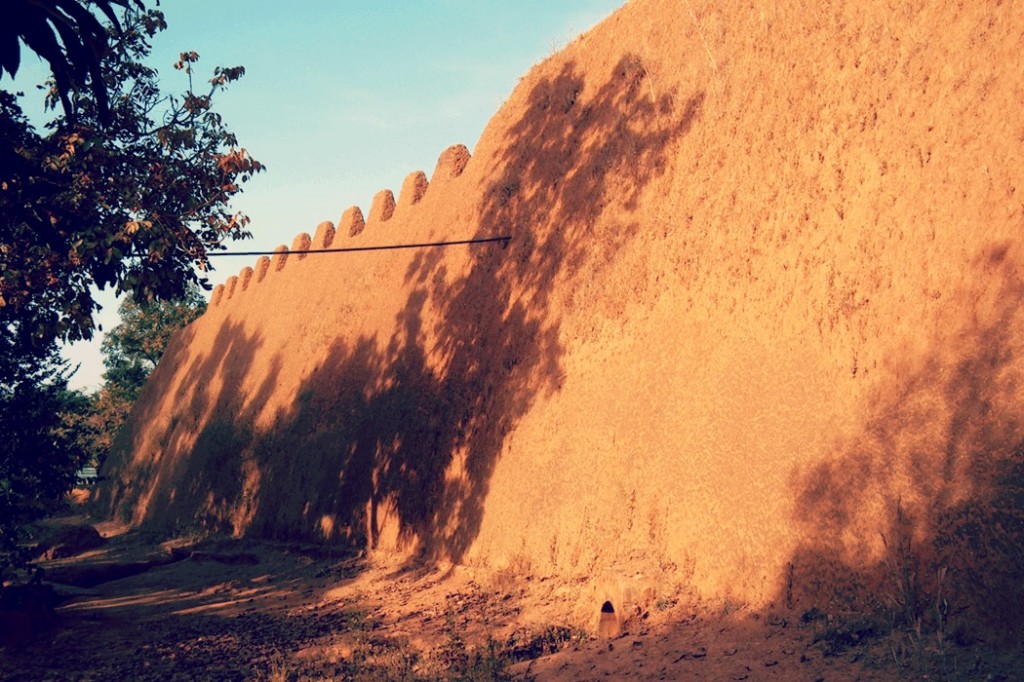
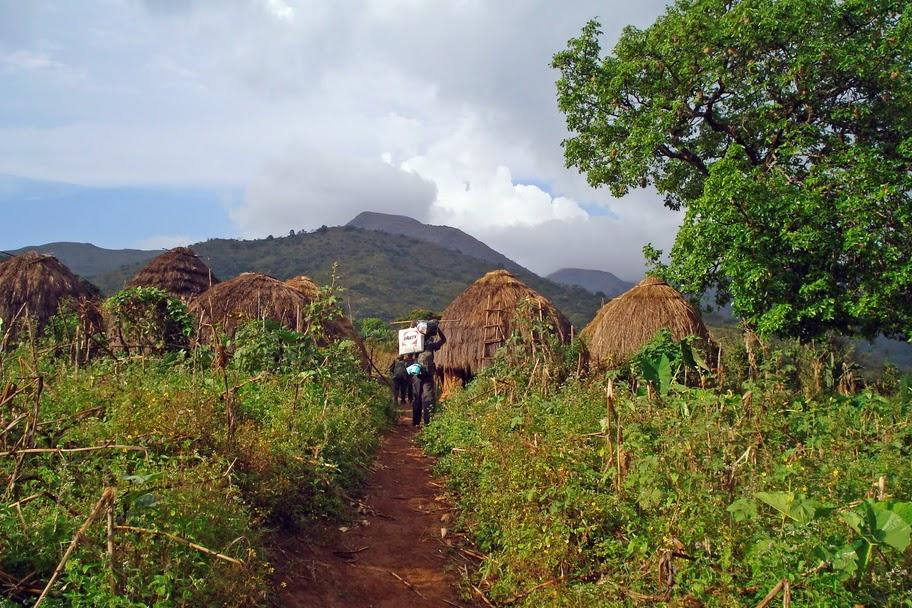
No comments:
Post a Comment